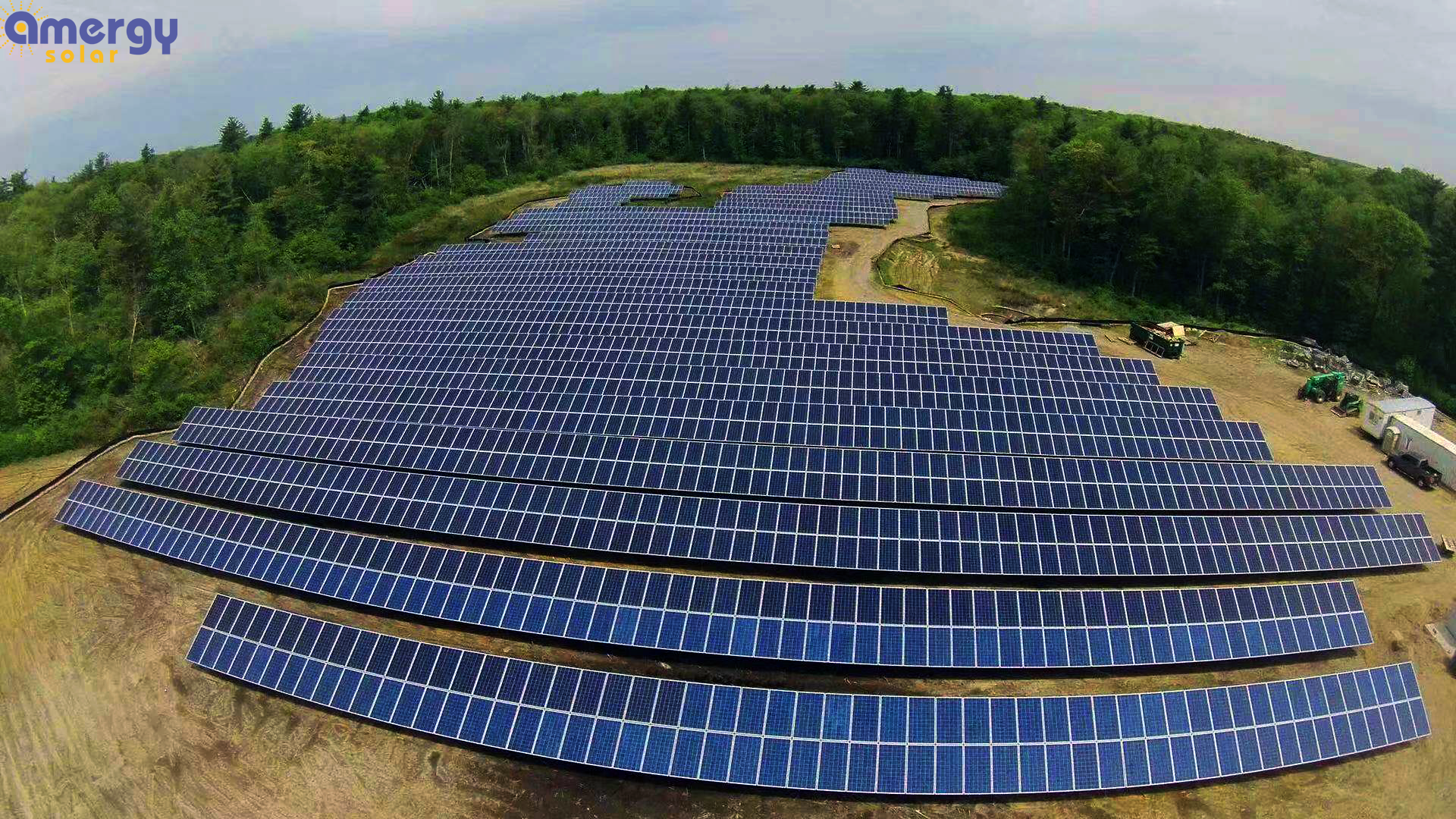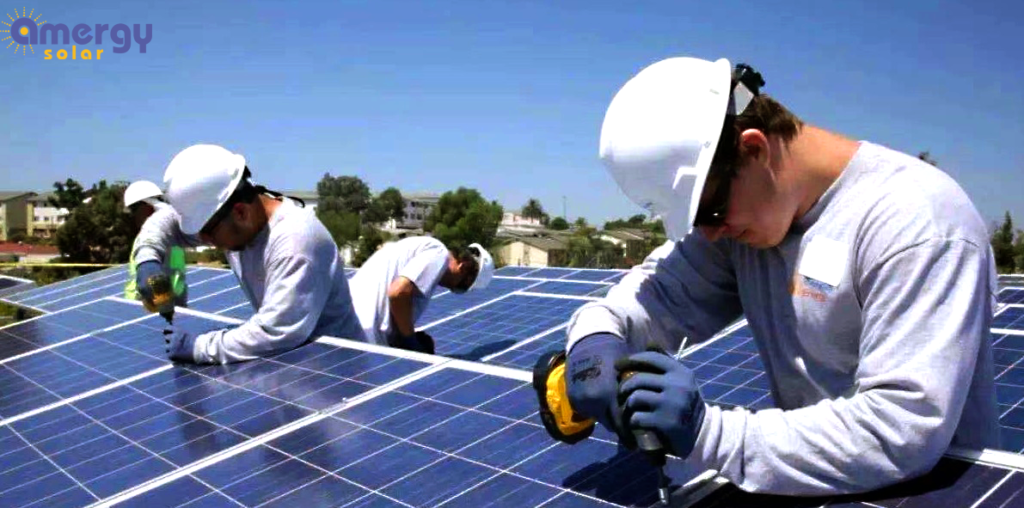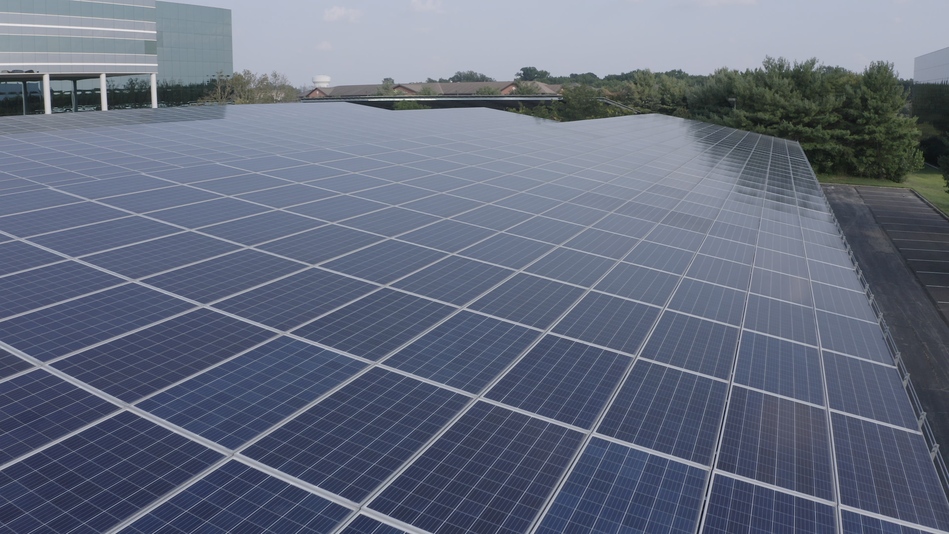We are a vertically integrated company and work as developers, independent power producer, management, integration and engineering, procurement and construction.-Bill Wang , President at Amergy Solar.
Ncorporating solar power into the existing electricity infrastructure is more important now than ever with the imminent threat posed by climate change and the need to reach ner-zero carbon emissions. In the race is a ground-breaking, turkey company, Amergy solar, with a mission to accelerate the transition from traditional to renewable clean energy.
Amergy’s expertise is diverse. We work as developers, independent power produces, management, and integration and engineering. Procurement, and construction contractors. It focuses on both large and small-scale power usage, with a client base ranging from commercial users like ice rinks, sports facilities, and warehouses to private residents and communities.
“We are a vertically integrated company and have everything a client needs in-house. Our Clients do not have to walk out of our office at any point of a project.” says Bill Wang.
All aspects of a project are managed in-house, from initiation to deployment. Amergy hosts all the required components, including resources, engineering, and construction. This allows it to take complete control over a project and drive efficiency.
Its professional structure and electrical engineers drive the seamless completion of each project. Its diversity and company culture assure that staff works in unison to help clients meet their solar power goals. A team of experts and ingenious designs help clients easily earn government approval for their projects. Amergy also takes pride in its procurement team, which sources supplies while tackling shortages in the industry.
To fast-track supply and construction, Amergy employs automation in many if its processes to enhance project completion. For instance, a project that would usually take two to three months is completed in 40 to 50 days, making it one with fastest installation rate in the industry.
Amergy offers its clients cutting-edge technology-the HIT photovoltaic module- that tracks solar production and savings from any location as an added advantage of going solar. It also assists clients in increasing ROI by leveraging most of its solar technology solutions, which allow them to build on power purchase agreements. This is a great choice for customers as there are no installation fees. They pay only for customers as produced at a significantly lower rate than what the utility company charges.
Amergy also paves the way for commercial incentives that include federal tax credits, state credits and incentives, and substantial savings on utility bills. Its solar energy system helps clients increase their internal rate if return with a minimum payback of three years. Amergy also offers clients the option of capital leasing, which allows them to purchase a system without an expenditure, while gaining tax brakes and bonuses.
In its residential projects, Amergy helps clients save between 30 and 50 percent on their electric bills, saving supplemented by state incentives. It offers the carbon footprint of buildings. As a clean energy advocate, Amergy employs expert staff who help clients make a significant positive impact on the environment.
Key Words: Solar energy tech, clean energy, Solar solutions providers
From: SOLAR ENERGY TECH SOLUTIONS PROVIDERS-2022





